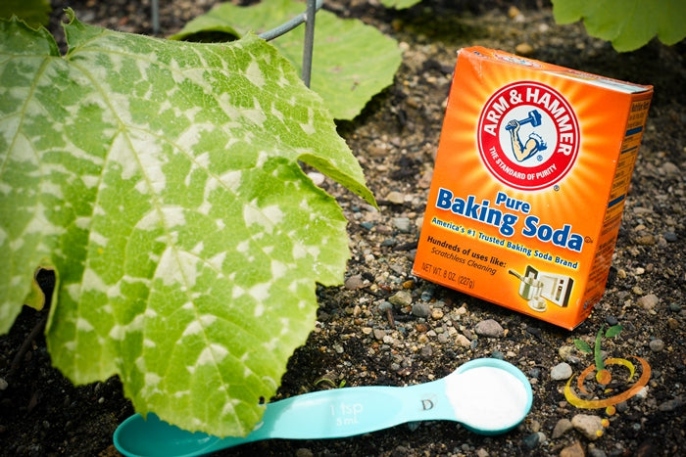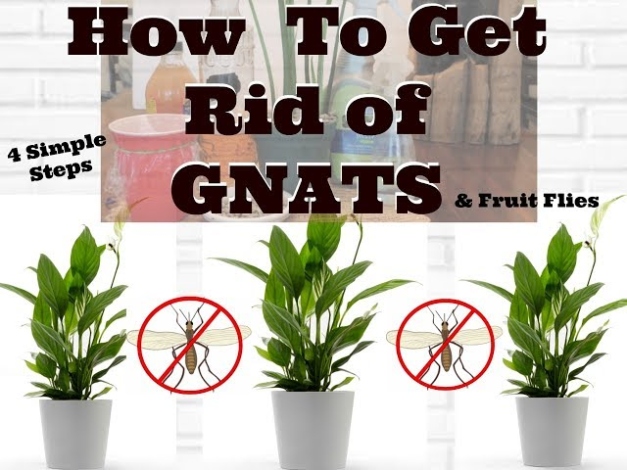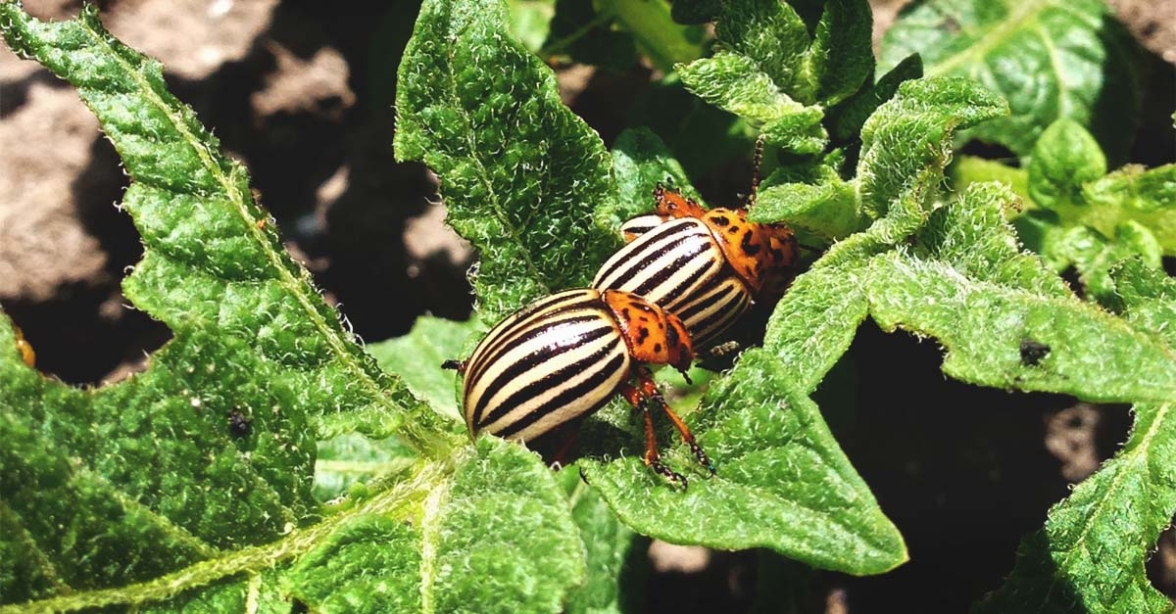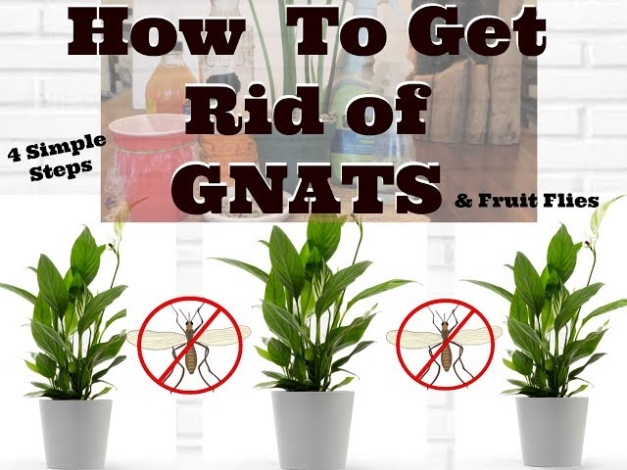How to Get Rid of Sooty Mould on Plants
What is Sooty Mould?
Sooty mould is a black, velvety fungus that grows on the surface of plants, particularly on the leaves. It is caused by the presence of honeydew, a sticky substance secreted by insects such as aphids, scale insects, and whiteflies. The fungus does not directly harm the plant itself, but it can block sunlight from reaching the leaves, inhibiting photosynthesis and ultimately affecting the plant’s growth and health.
How to Identify Sooty Mould
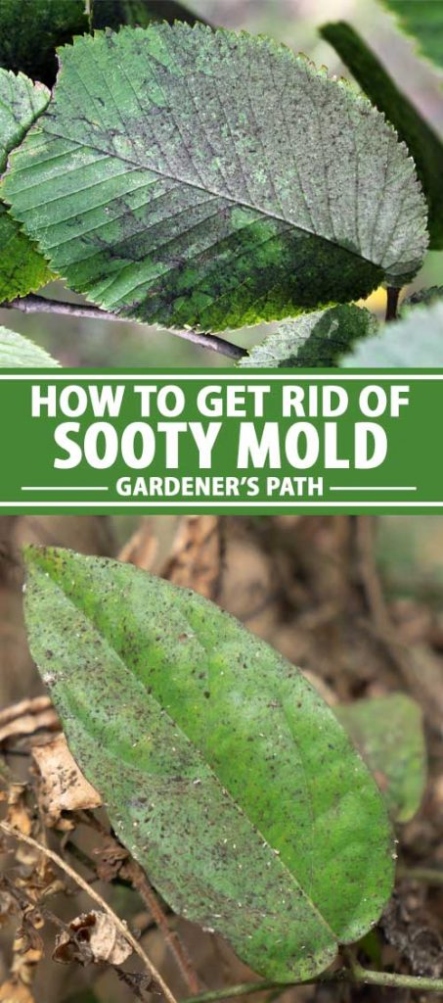
Image Source: gardenerspath.com
Sooty mould is easily recognizable by its dark, black color and velvety texture. It usually appears on the upper surface of leaves but can also be found on stems, flowers, and fruit. The presence of honeydew on the plant is a sure sign that sooty mould may soon follow. If left untreated, the fungus can spread rapidly and cover large areas of the plant.
Why is Sooty Mould a Problem?
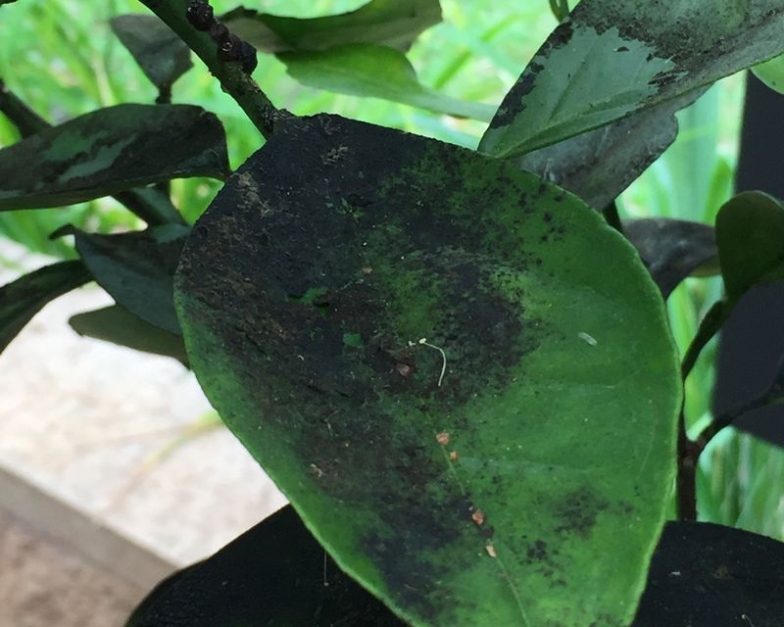
Image Source: yates.com.au
While sooty mould itself does not directly harm the plant, the presence of the fungus is a clear indicator of an underlying pest infestation. Insects such as aphids, scale insects, and whiteflies not only cause damage to the plant by feeding on its sap but also create a sticky residue known as honeydew, which serves as a breeding ground for sooty mould. Therefore, the presence of sooty mould indicates a larger issue that needs to be addressed to prevent further damage to the plant.
How to Get Rid of Sooty Mould
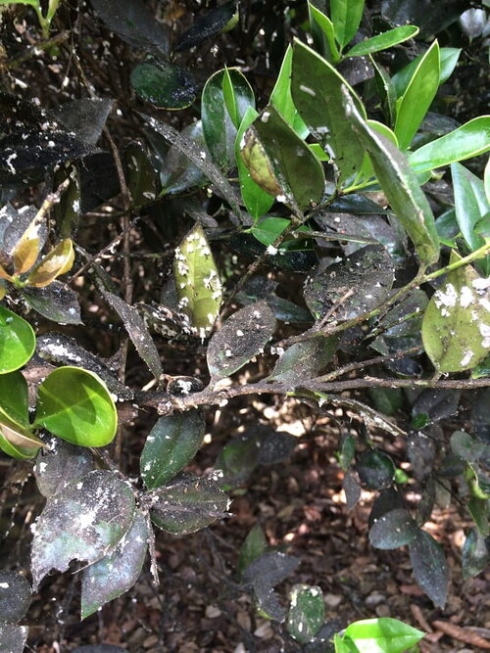
Image Source: myselectlawn.com
There are several methods you can use to get rid of sooty mould on plants:
1. Prune Infected Areas
One of the first steps in controlling sooty mould is to prune away any heavily infected areas of the plant. This will help to remove the source of the fungus and prevent it from spreading further.
2. Remove Insects
Since sooty mould is caused by the presence of insects that secrete honeydew, controlling the insect population is crucial in preventing the fungus from recurring. Use insecticidal soap or neem oil to eliminate pests such as aphids, scale insects, and whiteflies.
3. Clean Leaves
Regularly washing the leaves of your plants with a mild soap and water solution can help to remove the honeydew that attracts sooty mould. Be sure to rinse the leaves thoroughly to prevent any residue from building up.
4. Improve Air Circulation
Increasing air circulation around your plants can help to prevent the growth of sooty mould. Prune back any overcrowded branches or foliage that may be blocking airflow and create a more open environment for your plants.
5. Apply Fungicides
If the sooty mould persists despite your efforts to control the insect population and clean the leaves, you may need to resort to using fungicides. Choose a fungicide that is specifically formulated to treat sooty mould and follow the manufacturer’s instructions Carefully.
6. Monitor and Prevent Recurrence
After successfully eliminating sooty mould from your plants, it is important to monitor them regularly for any signs of reinfection. Implementing preventive measures such as regularly inspecting your plants for pests, maintaining good plant hygiene, and providing proper care can help to prevent sooty mould from returning.
Conclusion
Getting rid of sooty mould on plants requires a multi-faceted approach that addresses both the fungus itself and the underlying pest infestation. By pruning infected areas, controlling insect populations, cleaning leaves, improving air circulation, applying fungicides, and implementing preventive measures, you can effectively eliminate sooty mould and prevent its recurrence.
FAQs
1. Can sooty mould harm my plants?
While sooty mould itself does not directly harm plants, it can block sunlight from reaching the leaves and inhibit photosynthesis, affecting the plant’s growth and health.
2. What causes sooty mould to grow on plants?
Sooty mould is caused by the presence of honeydew, a sticky substance secreted by insects such as aphids, scale insects, and whiteflies.
3. How can I prevent sooty mould from recurring?
To prevent sooty mould from returning, regularly inspect your plants for pests, maintain good plant hygiene, and provide proper care such as watering and fertilizing.
4. Is sooty mould harmful to humans?
Sooty mould is not harmful to humans, but it can be unsightly and indicate a larger issue with pest infestations on your plants.
5. Can I use natural remedies to get rid of sooty mould?
Yes, natural remedies such as neem oil, insecticidal soap, and mild soap and water solutions can be effective in controlling sooty mould on plants.
6. How long does it take to get rid of sooty mould?
The time it takes to get rid of sooty mould on plants can vary depending on the severity of the infestation and the effectiveness of the treatment methods used.
7. Should I consult a professional for help with sooty mould?
If you are unable to control sooty mould on your plants using DIY methods, or if the infestation is severe, it may be beneficial to consult a professional landscaper or arborist for assistance.
how to get rid of sooty mould on plants







